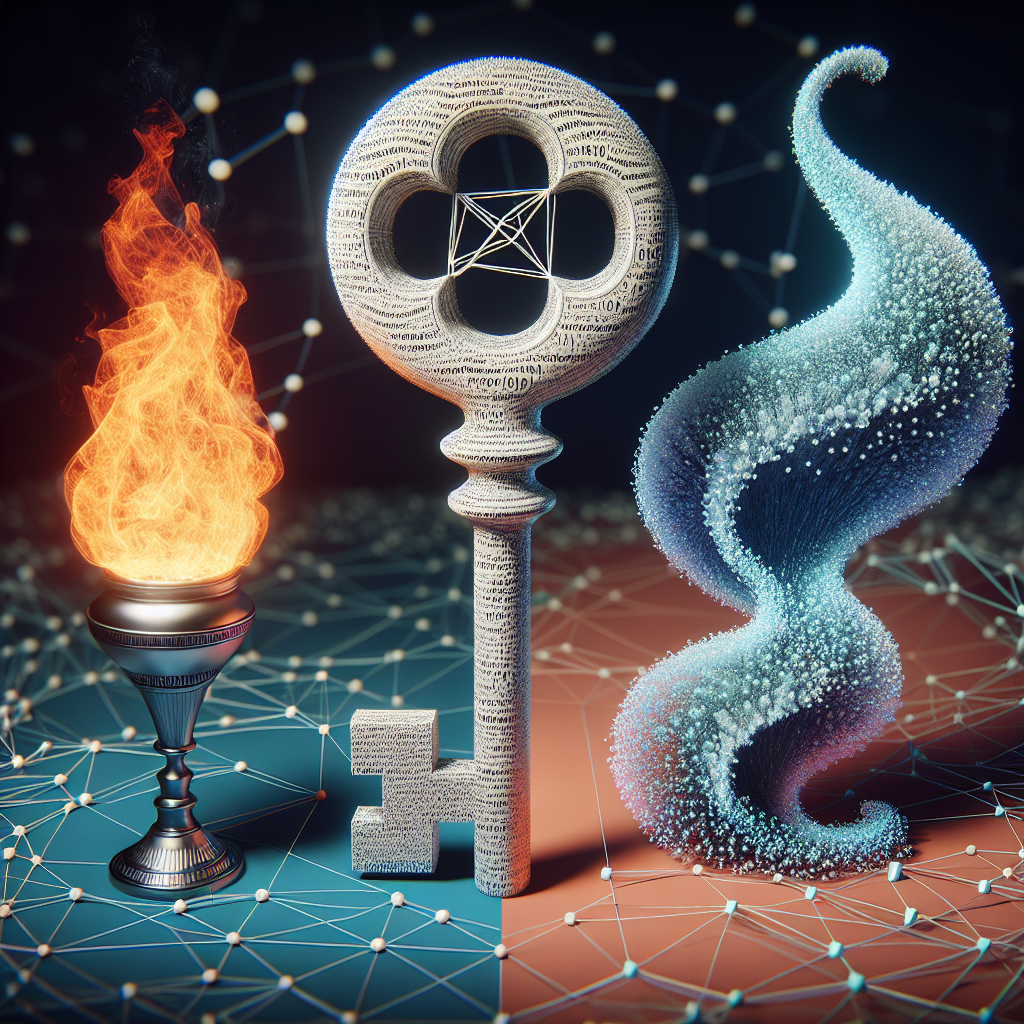Your cart is currently empty!
Unlocking the Secrets of Deep Learning: A Practical Approach with PyTorch and TensorFlow

Deep learning has revolutionized the field of artificial intelligence, enabling machines to perform complex tasks that were once thought impossible. From image recognition to natural language processing, deep learning algorithms have made significant advancements in recent years. But how exactly do these algorithms work, and how can developers harness their power to build intelligent systems?
In this article, we will explore the secrets of deep learning and provide a practical approach to implementing deep learning algorithms using two popular frameworks: PyTorch and TensorFlow. By the end of this article, you will have a better understanding of how deep learning works and the tools you need to start building your own deep learning models.
Deep learning is a subset of machine learning that uses artificial neural networks to mimic the way the human brain learns and processes information. These neural networks consist of multiple layers of interconnected nodes, each performing a specific function. By training these networks on large amounts of data, they can learn to recognize patterns and make predictions with a high degree of accuracy.
One of the key challenges in deep learning is tuning the hyperparameters of the model to achieve the best performance. This includes selecting the right architecture for the neural network, choosing the appropriate activation functions, and optimizing the learning rate and batch size. By experimenting with different configurations and monitoring the model’s performance, developers can fine-tune their models for optimal results.
PyTorch and TensorFlow are two popular deep learning frameworks that provide developers with the tools they need to build and train deep learning models. PyTorch is known for its flexibility and ease of use, while TensorFlow offers scalability and production readiness. Both frameworks support a wide range of neural network architectures and provide a wealth of resources for developers to learn and experiment with deep learning.
To get started with deep learning, developers can follow a step-by-step approach that involves data preprocessing, model design, training, and evaluation. By preparing the data, defining the neural network architecture, and training the model on a GPU, developers can achieve state-of-the-art performance on a variety of tasks, such as image classification, object detection, and language translation.
In conclusion, deep learning is a powerful tool that has the potential to revolutionize the way we build intelligent systems. By understanding the principles of deep learning and using frameworks like PyTorch and TensorFlow, developers can unlock the secrets of deep learning and create cutting-edge AI applications. Whether you are a beginner or an experienced developer, there has never been a better time to explore the exciting world of deep learning.
#Unlocking #Secrets #Deep #Learning #Practical #Approach #PyTorch #TensorFlow,understanding deep learning: building machine learning systems with pytorch
and tensorflow: from neural networks (cnn

Leave a Reply